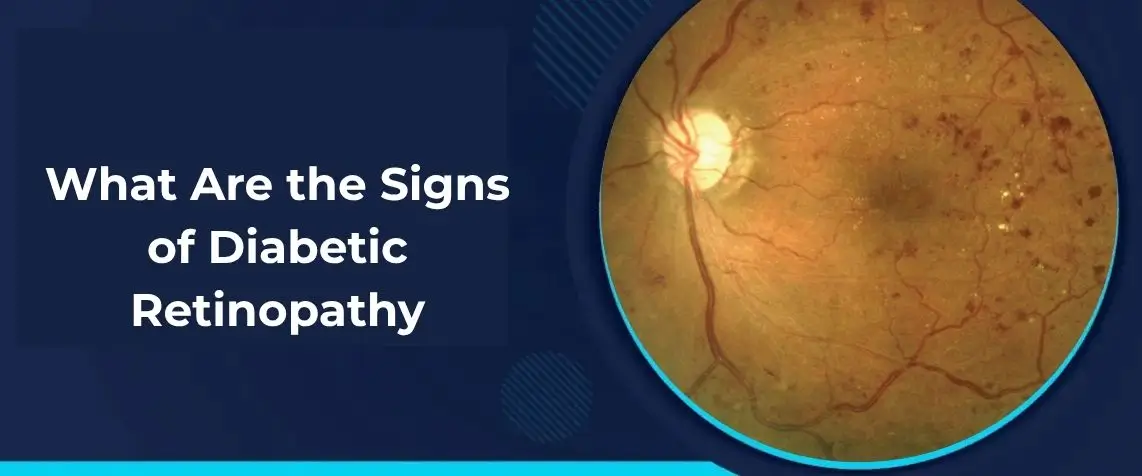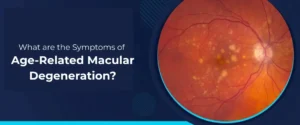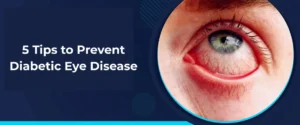Diabetes is a health condition that currently affects 1 in every 9 individuals of the adult population aged between 20 and 79 years. Apart from other organs of the body, the disease also has serious consequences for the eyes.
Among the numerous eye conditions that occur as a result of diabetes, one is diabetic retinopathy. It can lead to loss of vision, but detecting and treating it early minimises the risk. This makes regular comprehensive eye exams essential for diabetics.
Before we delve into the signs of this ailment, let us see what diabetic retinopathy is.
What is Diabetic Retinopathy?
Diabetic retinopathy is one of the serious diabetes-induced eye conditions. It afflicts the retina, the thin light-sensitive layer at the back of the eye, responsible for converting light into nerve signals and then transmitting them to the brain, allowing you to see.
Diabetic retinopathy occurs when blood sugar levels are high and damage the tiny blood vessels in the retina. This results in vision impairment, and in serious cases, may even cause blindness.
What’s alarming is that the ailment has a gradual progression, and there may be no noticeable signs in the initial stages. This fact emphasises the significance of regular eye checkups, vital for detecting and managing diabetes-induced eye conditions – in a timely manner.
What are the Diabetic Retinopathy Symptoms?
The symptoms of diabetic retinopathy may not show up until the disease has caused considerable damage to the eye. Staying alert and identifying the signs early can help safeguard against serious loss of vision.
Here are the signs and symptoms diabetic patients should watch out for:
1. Blurry Vision
As the disease progresses, damaged blood vessels may swell up and leak fluid into the retina. This may give you blurry vision.
2. Seeing Floaters and Dark Spots
You may see floating specs or dark spots when diabetic retinopathy causes bleeding inside the eye, thereby not letting light reach the retina.
3. Poor Night Visibility
A significant sign of diabetic retinopathy is reduced light sensitivity, making it challenging for you to see properly at night.
4. Difficulty Distinguishing Colours
As retinal cells get damaged, colours may look faded or washed out, and differentiating between colours becomes hard.
Note: Diabetic retinopathy symptoms typically occur in both eyes.
The Bottom Line
Diabetes affects not just your heart, blood vessels, kidneys, and nerves but also your eyes. And diabetic retinopathy is a serious disorder that can threaten your ability to see. What makes it even more serious is that signs appear once damage has already occurred. So, if you are a diabetic, regular eye examinations are an absolute necessity.
If you or a loved one has diabetes, do visit Sohana Eye Hospital, the best eye hospital in Chandigarh, for advanced eyecare. From routine eye examinations to the most advanced diabetic retinopathy treatment – laser therapy, intravitreal injections, and vitrectomy, everything is done with utmost care and precision by trusted eye specialists.
Get timely diagnosis and treatment – See clearly all your life.





